The want to write this piece started a few days back while reading an article titled “A new Judicial Device for ‘complete justice’”, which talked about the role of the judiciary, especially the Supreme Court to provide criminal justice to litigants. Consequently, I saw a few videos on related issues during breakfast, as it’s always good to have a few more opinions. In the afternoon during lunch, as the YouTube algorithm works, it suggested me a debate show on a news channel, where the panel members were arguing over a Supreme Court justice’s remark in Nupur Sharma’s case. Then at dinner, I searched “judicial decision” in Google news (by that time I had made up my mind to write, otherwise I would have Netflixed), and ended my day reading two other articles, once titled “An independent, impartial and fair judicial system is essential for a free and fair democracy-Nitin Gadkari” and another “How the abortion ruling may affect judicial confirmations” (in reference to overruling of Roe v. Wade decision by US Supreme Court).
Eventually, I realized that all these articles indirectly or directly referred to judicial decisions in two realms, Judicial Activism and Judicial overreach, leading to the writing of this piece. Through this article, I have tried to find answers to a few questions relating to this aspect or have at least tried coming closer to them. It went like, why a discussion of the two aspects is necessary? How both phrases can be defined? Is there a difference between them in today’s world? How has the need for activism evolved? Can a line be drawn between the two, if yes, who will and how will it be drawn? And lastly, If there is an overreach, is there a solution?
WHY NECESSARY?
If there was a one-liner answer to this question, it would have been “Because Constitution wants it”. Indian Constitution, being the lengthiest one in the world, has beautifully assigned roles and responsibilities to every institution of the government in a very detailed manner. What we see in our constitution is not a rigid separation of power like America’s, but a system of checks and balances, upholding constitutionalism. It needs the institutions to work independently of one another, and at the same time keep a check on others. So effectively, we follow the separation of functions and not powers. This separation of function makes it necessary for the courts not to overstep their power in other’s domains, and at the same time requires them to take active steps sometimes for effective checks and balances.
DEFINING TERMS
Judicial activism can be defined as the philosophy behind judicial decisions to depart from years of precedent and draw its weight toward progressive and new social, political and economic realms. Courts acting as an activist sometimes push the authority to act and at other times just direct them to follow the right course. Some instances where judicial decisions were considered as activism were Vishakha case (1997) (guidelines for sexual harassment at workplaces), Keshvananda Bharti case (1973) (laying down the basic structure doctrine), Maneka Gandhi case(1978) (expanding the scope of Article 21 to due process of law) etc. On the other hand, Judicial Overreach is often considered an extreme form of judicial activism with an arbitrary and unreasonable intervention in the domain of legislature and executive, going beyond the above mentioned doctrine of checks and balances. Some instances where judicial decisions came under the light of controversies for their alleged overreach were censorship case of Jolly LLB 2 (when a committee appointed by Bombay High Court to watch the movie and report on it was found unnecessary in few opinions as the Board Of Film Certification already existed and was vested with the power to censor), Firecracker ban case(Vice-President of India at the 80th All India Presiding Officers’ Conference in November 2020 termed the Supreme Court’s banning of firecrackers during Diwali as Judicial Overreach), invalidation of NJAC (where the collegium system was restored), Lodha committee recommendation on BCCI functioning etc.
WHO IS THE DECISION MAKER?
If this question was an objective one, I am sure “People” would have been an option, and most probably the correct one too. That is why in the above paragraph, the word, “alleged” has been used while giving instances for overreach, as there are some sections that consider decisions as such, and at the same time, others don’t. So this “decision” on judicial decisions is often made by the public opinion, media and in some instances by the judiciary itself. In SR Bomai v. Union of India (1994), Supreme Court refused to intervene citing that judicial review is not possible in a matter of political nature.
JUDICIAL ACTIVISM – HOW THE NEED AROSE?
The above discussion shows that judicial actions were indeed needed in some cases, whether it be for setting the basic structure or forming guidelines for sexual harassment at workplaces. This takes us to the question of how such situations were created which demanded actions from the court’s end in the first instance. One answer can be attributed to the asymmetry of power between three organs of government, giving the power to the judiciary to strike down the actions of the executive and laws made by the legislature. Another reason can be cited is the lackadaisical approach of other organs, which creates a vacuum in governance, requiring the courts to step in. The best example of this case can be given by the Vishakha guidelines. Another answer can be the increased use of public interest litigation since the 1980s which did away with the doctrine of locus standi and increased the demand for judicial intervention in other organs. Other factors can be the shooting up of public opinion in all forms of medium requiring action, expanding globalization and increased action of the government in the private domain.
JUDICIAL ACTIVISM TO JUDICIAL OVERREACH
Though judicial activism has done an enormous amount of good to Indian society in some cases, in a few other cases like those cited above, its power was not received well by the masses and was considered excess. The answer can be an absence of an express and enforceable mandate of separation of power in the constitution. The only mention of the term is in Article 50, which states “The State shall take steps to separate the judiciary from the executive in the public services of the State.” But as it is a part of Directive Principles, it is not enforceable in a court of law. The next important reason can be attributed to the negligence of challenges faced by legislature and executive, which are often quoted as 4Fs i.e. Fund, Function, Framework and Functionary. A case cited by many in this criterion is of cancellation of 122 telecom licenses and spectrum allocated to 8 companies in 2G case. It resulted in increased non-performing assets and the exit of many telecom players from the industry. The other reason for overreaching its realm is a lack of accountability, similar to those of legislature and executive. The opinion by many critics that the “Supreme Court" is supreme because it is final, not because it is infallible” correctly captures such a situation. All of these reasons eventually lead to the masses questioning the credibility of the judiciary and its inability to uphold the rule of law.
ENOUGH OF DISCUSSIONS- WHAT NEEDS TO BE DONE?
As a country evolves, the nuances of law also change with time, but as the Supreme Court rightly emerged with the basic structure of the Constitution, some aspects should remain unchanged on the bedrock of which other laws can grow without making any uncertainty and confusion. Following the same, judicial activism can also grow within the basic aspects of checks and balances, without disturbing the functions of other constitutional organs. It is true that in modern times, it is difficult to keep each organ of the government in a compartment, but at the same time, judicial activism only seems pertinent in the domain of legitimate judicial review. As a consequence, it must be kept in mind that it should be used only in cases when imperative and necessary, not becoming a norm, and for sure not leading to judicial overreach. Present India which is burdened with more than 4.7 crore cases needs the creative application of mind by judges in admission and interpretation of cases.
Writer Namrata is a Delhi High Court Lawyer.







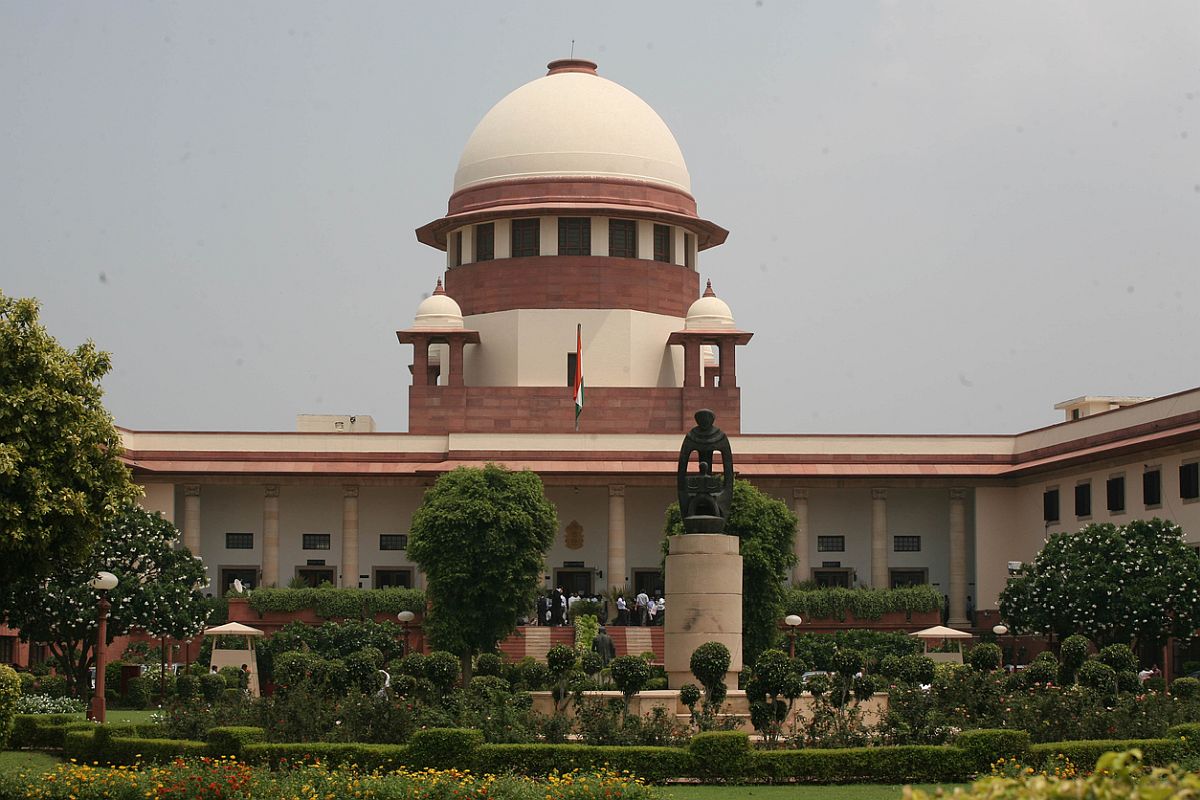
 OpinionExpress.In
OpinionExpress.In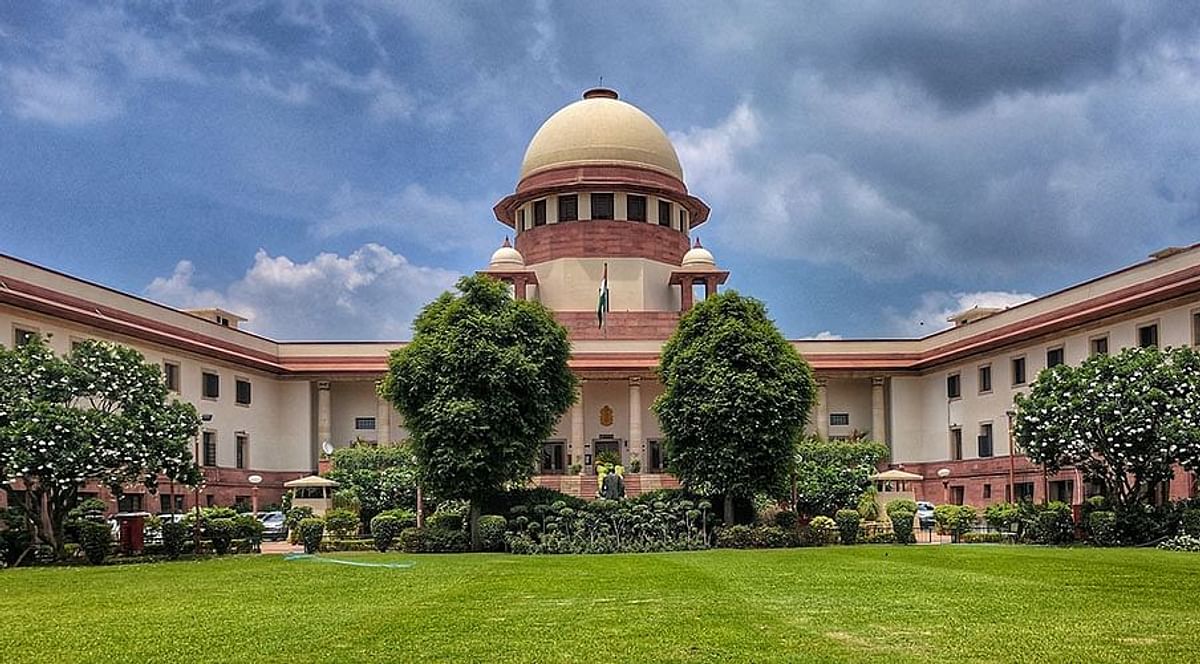
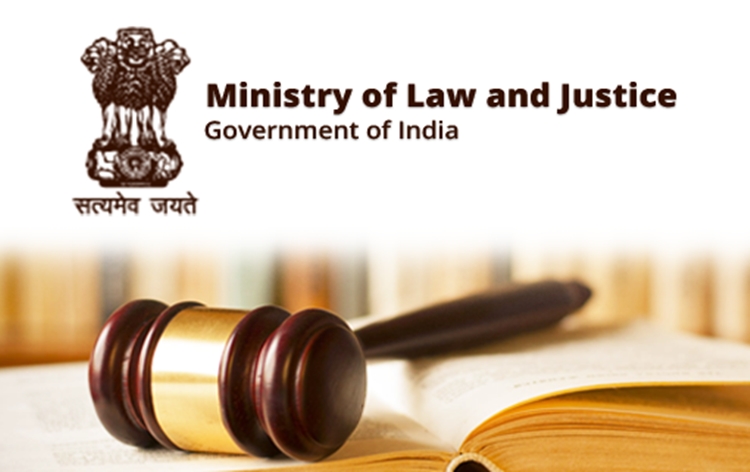
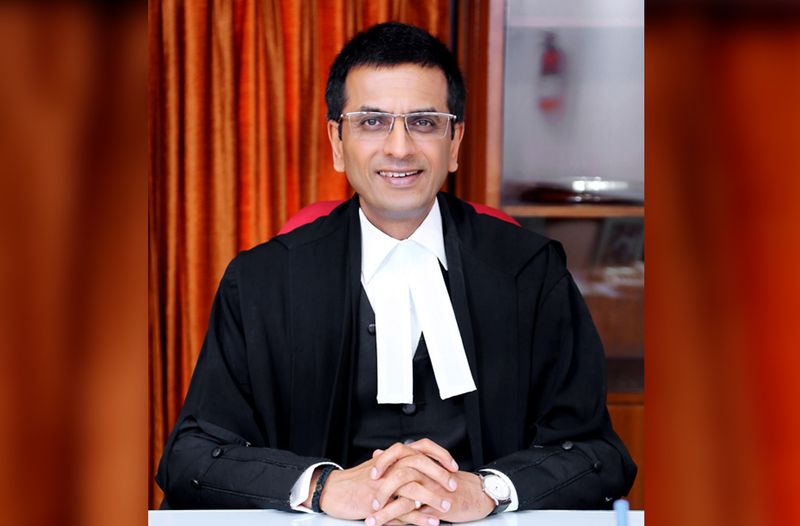
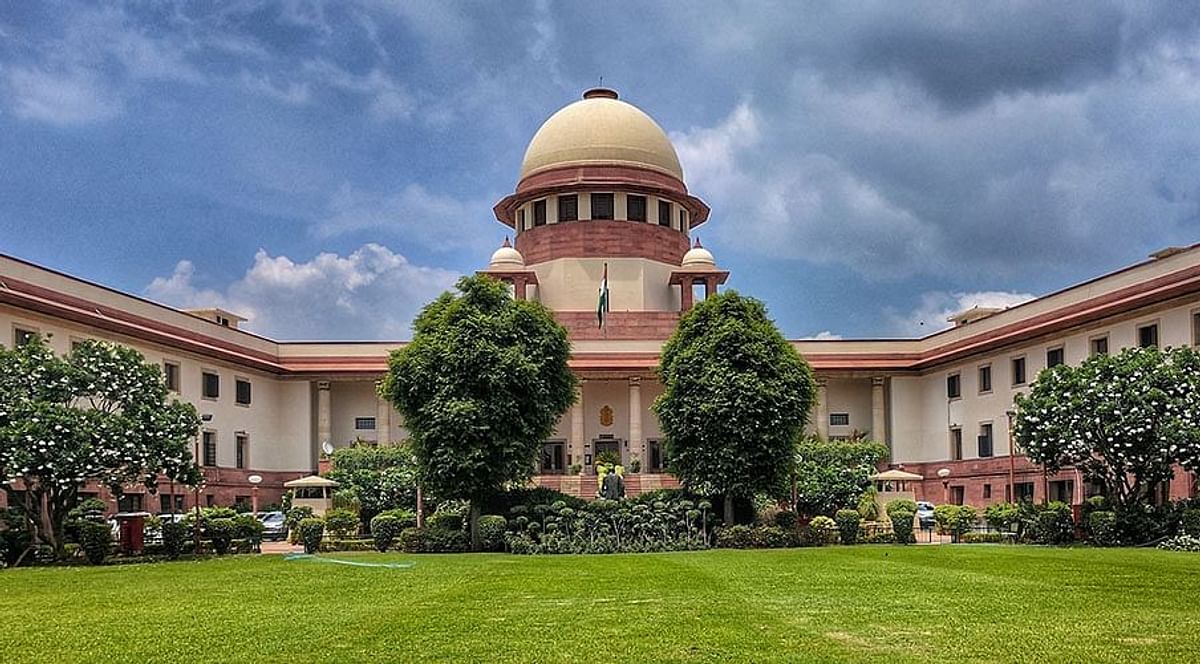
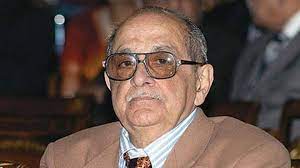

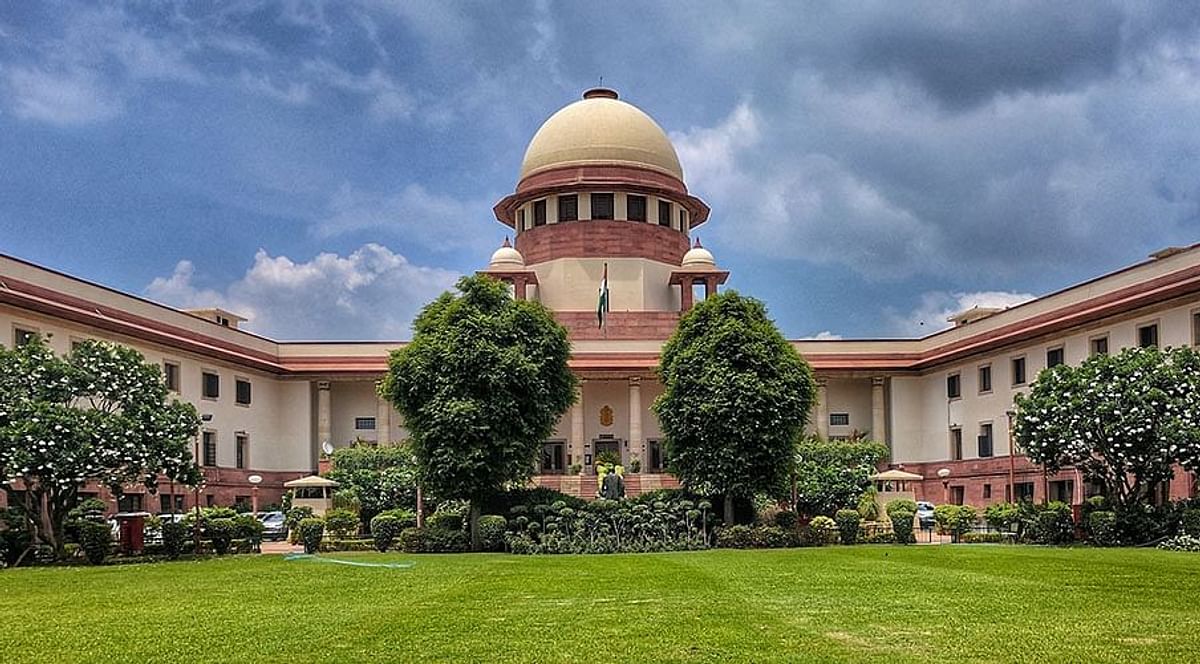
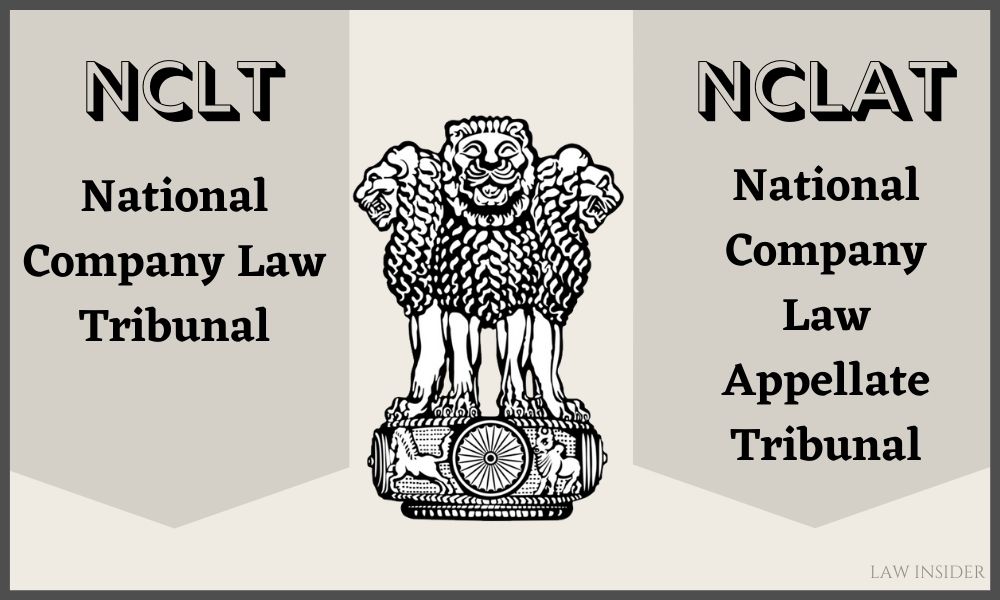
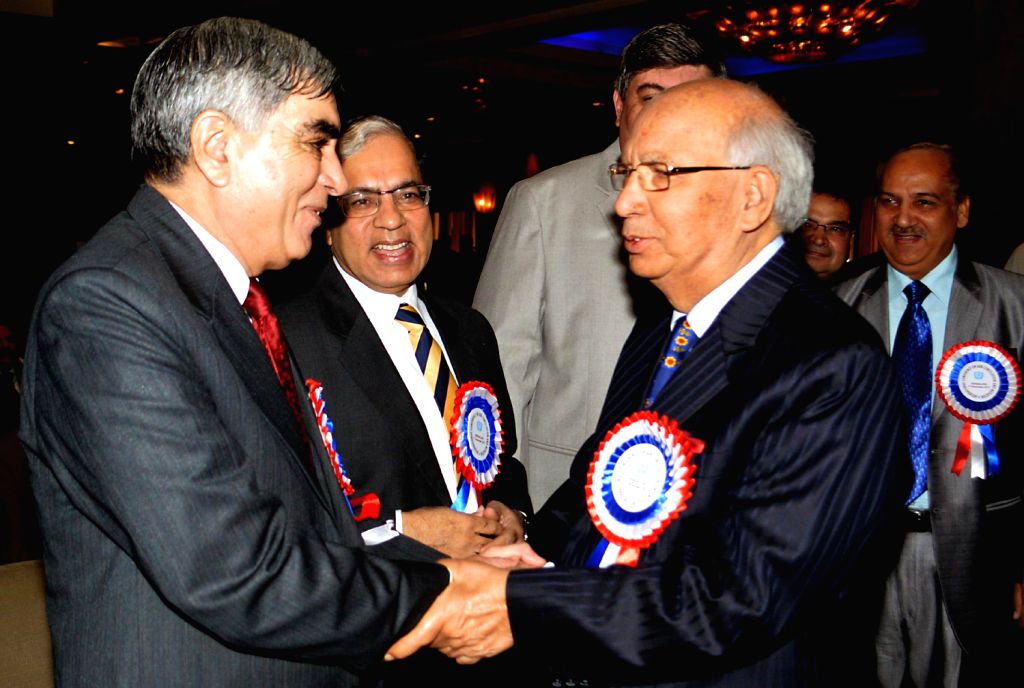







Comments (0)